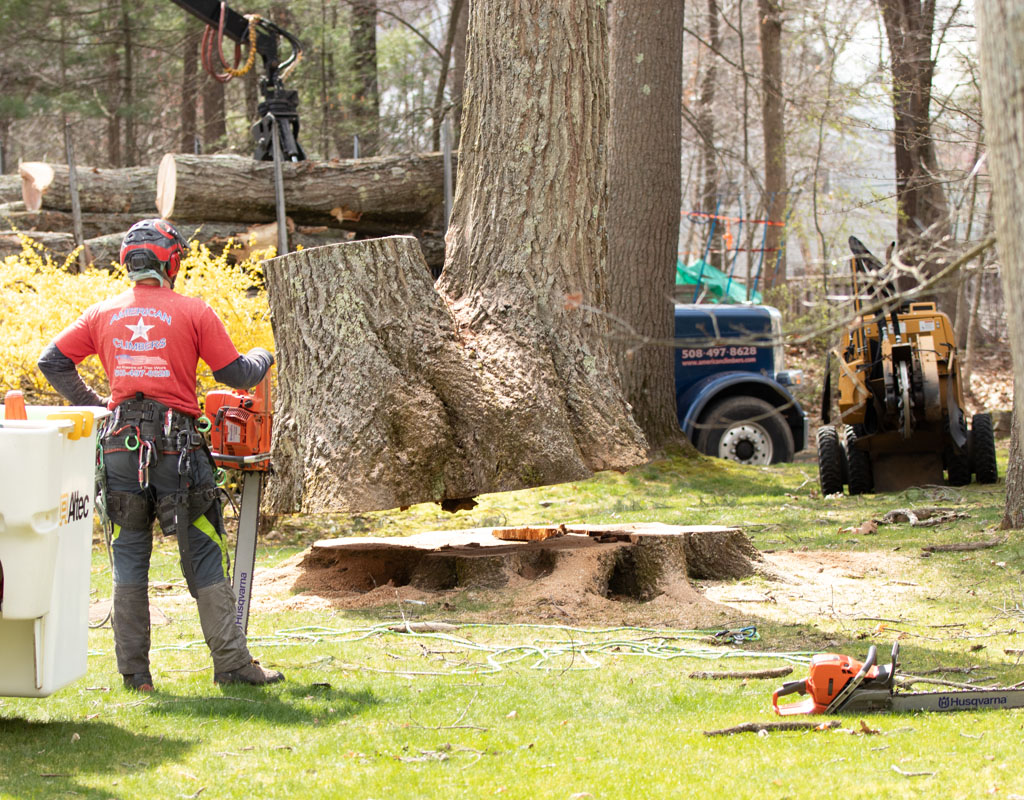Tree pruning conifers through the dormant season will minimize sap and resin flow, however they can be pruned at any time. Tree pruning the trees that have showy flowers must also be achieved while dormant to help you start to see the structure, maximize wound closure, reduce disease and also to eliminate any excessive flow of sap.
Flowering shrubs also need dormant pruning for the same reasons above however, many could also need pruning at other times. Trees and shrubs that blossom in early spring, the dogwood and red-bud for instance, should be pruned immediately after they flower. Many flowering trees could be susceptible to fire blight, a bacterial disease, which can spread by pruning. These trees, such as crab apple, pear, varieties of hawthorn, mountain ash, pyracantha, and flowering quince have to be pruned during the dormant season. Those that flower during summer or fall should also be pruned during dormancy. Dead branches, alternatively, can be removed anytime.
Fruit trees won't develop to the proper form or shape without the pruning or training. Properly pruned and trained fruit trees will yield an increased quality fruit earlier and their live span will undoubtedly be longer. The objective to pruning and training is to create a strong tree framework that'll be able to support a big crop of fruit. If fruit trees are not trained in the right way the angle of the branches will undoubtedly be much too upright and may cause breakage with a heavy crop. This will cause a decrease in the productivity of the tree and shorten its life. Another aspect of annual pruning and training would be to remove all diseased, broken, and dead limbs.
Proper tree training will open up the tree's canopy and allow penetration of maximum light. The majority of fruit on a deciduous tree is formed the prior year as flower buds. The penetration of light is most significant in the development of buds together with the optimal fruit set, flavor and quality. Even if a mature fruit tree keeps growing quite well completely sun, a dense canopy will prevent enough sunlight to attain 18 inches in the tree. Opening up the canopy of the tree permits proper movement of air to permit speed in drying to minimize infection and invite penetration of pesticides. https://hertfordshiretreesurgeons.co.uk/best-tree-stump-removal-hertfordshire/ could be a beautiful asset to a garden or landscaping.
In the past pruning is definitely the method in forming and structuring fruit trees. Tree training is really a more desirable and effective way to enhance the structure and form. Pruning is merely the removal of portions of a tree that correct the structure; training is really a newer application where the direction of the growth to a desired form and shape is set. Training a fruit tree is essential for proper development. It is usually easier to train the direction of the growth than to prune to correct it. Pruning is usually done in the winter while training and pruning is done in summer together with pruning in dormancy. The objective of training would be to correct the growth of a tree as well as to minimize cutting.
Trees respond differently to summer pruning and dormant pruning. In the fall the power of the tree is stored in the main and trunk system to support the top section. If removal of a big part of the tree is done during dormancy, the tree's energy isn't changed. In the spring, the tree will react by producing many upright, energetic shoots called water sprouts; these will shade the tree and stop good development. Heavy pruning during dormancy causes exactly the same problem.

Dormant tree pruning must be done late in the season in order to avoid winter injury. Apple and pecan trees need pruning before peach tree pruning, plum-tree pruning and cherry tree pruning. A practice is to prune early blooming trees last and the later blooming trees first. It is advisable to prune the older trees first because the younger ones are inclined to winter injury with early pruning. Summer pruning reduces a lot of the tree's energy that will bring about tree growth reduction. Pruning will start as soon as the buds start growing, but usually it begins following the growth of vegetation is several inches in length. Generally speaking summer pruning is only to remove vigorous and upright growth and only the cuts that will do some thinning. Summer pruning must be completed prior to the end of July in order to lower any problems of winter injury.
